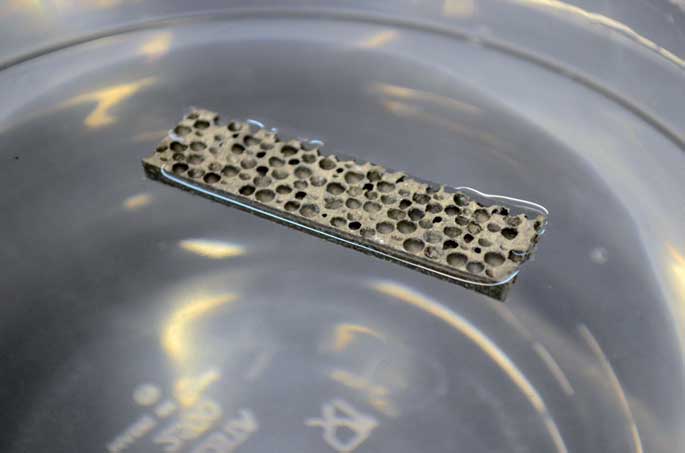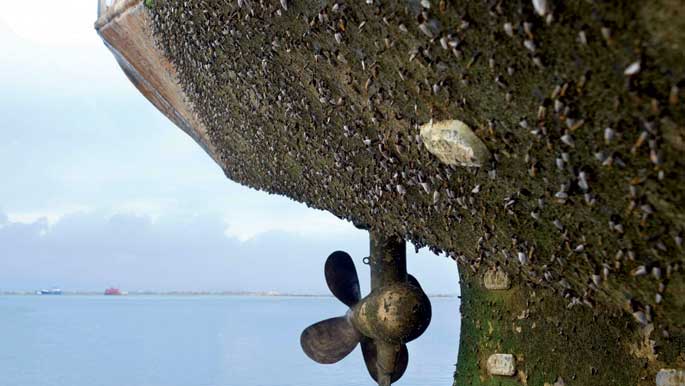Uretan hondoratzen ez den metala asmatu dute

New Yorkeko eskola politeknikoko eta Deep Springs enpresako ikerlariek oinarri metalikoa duen konposatua sortu dute. Material berriak magnesiozko oinarria du, eta hartan txertaturik ditu siliziozko esfera hutsak.
Material horren dentsitatea 0,92 g/zm3koa da, urarena baino txikiagoa, eta beraz ez da elementu horretan hondoratzen. Gainera, siliziozko esferei esker, suhiltzaileen ur-mangeretatik atera ohi den urarena baino 100 aldiz presio handiagoa jasan dezake puskatu aurretik.
Material berriak erabilpen ugari izan ditzake ontzigintzan, automobilgintzan eta industria militarrean, ibilgailuen blindatze sistema arintzeko. Izan ere, AEBetako armada proiektuaren finantzazioan parte hartzen ari da.
It's the representation of a building as a body. Installation pipes like veins, columns and beams like skeleton, facade, a skin fiber. And the soul and the vital beat of the building are influenced by people, as they use and care for space.
An abandoned building. Both from the... [+]
Lucky us: 5G has been launched. As the experts here and there have explained, the fifth generation of telephony will bring about a significant improvement in the network. It's not just any change. And it's that, as you've already read in some places, there's going to be a big... [+]
Researchers of the University of Michigan (EE.UU.) And by nasa, they've created material that's able to cover the holes that appear on satellites and planes.
The new material is resinous and stands like a sandwich, that is, between two layers. In this way, the holes that form in... [+]
Euri urak bustitzen ez duen gainazalen inguruko berria aipatu izan dugu sail honetan. Oraingoan, are zailagoa dirudien zerbait aipatuko dugu: ur azpian ere lehor mantentzen den materiala.
Northwestern Unibertsitateko (AEB) Neelesh A. Patankar ingeniariaren... [+]














